By Christine MacIntyre
In Custodians of Wonder, author Eliot Stein embarks on a captivating journey across five continents, introducing readers to ten remarkable individuals dedicated to preserving endangered cultural traditions. From crafting Sardinia’s elusive su filindeu pasta to maintaining Sweden’s ancient night watch, the BBC journalist and editor’s vivid storytelling illuminates these unique practices and the passionate custodians behind them. This beautifully written and well-researched work documents fading arts and underscores their enduring significance in our rapidly changing world. Custodians of Wonder is a heartfelt tribute to the resilience of human creativity and the profound connections that bind us to our cultural heritage.
Stein captures a quiet tragedy with poignant reflection, reminding us that the world’s most delicate wonders often disappear without fanfare. He writes, “Rarely is there a whisper for the last person to carry on a tradition… instead, the gentle things humans do that make the world fascinating often die a silent death.” Custodians of Wonder is both an elegy and a call to attention—a testament to the artisans, rituals, and quiet gestures that shape our world, urging us to notice and honor them before they fade into memory.
The book begins with Stein’s encounter with an aging woman, one of the last masters of an intricate, nearly lost lace-making art she calls “embroidering the air.” Here, he sets the stage for the book’s premise, celebrating innovators and risk-takers who safeguard knowledge and push boundaries.
Each chapter reveals how much of the world’s heritage remains undiscovered and how easily priceless customs can fade. This collection of stories is an invitation to appreciate the invisible threads connecting past and present. It inspires readers to seek out and honor the traditions that shape our world before they disappear. Each of the ten chapters upholds Stein’s sentiment, “...when one seemingly insignificant wonder fades, an irretrievable part of our humanity vanishes with it.”
Opening the doors to the fragility and magic of tradition, chapter one takes readers to West Africa where the balafon—a sacred wooden percussion instrument—carries centuries of history. At its heart is the Sosso-Bala which is passed down exclusively through one family of Djeli, or oral historians. More than musicians, they keep collective memory preserving a culture’s identity through song and story. Without them, an entire history risks being lost.
Chapters two and three explore the tension between tradition and modernity. In Sweden, one of the world’s last true night watchers still patrols Ystad, upholding a medieval duty his family has safeguarded for generations. Meanwhile, high in the Andes, the last Inca bridge master oversees the annual rebuilding of the Q’eswachaka bridge woven entirely from grass. This act is not just maintenance but cultural survival.
Chapter four uncovers su filindeu, the world’s rarest pasta, its making known to only four women. Though made from just three ingredients, it demands extraordinary skill, patience, and intuition. As chefs and companies try to replicate it, the tradition faces a dilemma: outside its cultural roots, it risks becoming another commodity.
Stein also explores a secret metal-alloy mirror, its lost formula known only to a few, revered as an object and a tool for introspection. He follows Asia’s last film poster painter whose hand-painted billboards hold an emotional depth that digital images cannot replicate. As theaters vanish, so too does his art.
Other chapters highlight “telling the bees” which is an old custom where beekeepers once shared family news with their hives, believing it ensured harmony. In Cuba, cigar factory lectors once read aloud to workers, broadening their worldviews and fostering class consciousness. And in Japan, a rare fraction of soy sauce is still brewed in kioke cedar barrels, fermentation chambers that like wine casks enrich its complexity—a vanishing craft in an age of mass production. Perhaps the most romantic wonder comes in chapter ten:Die Bräutigamseiche, or Bridegroom’s Oak, the centuries-old tree near Eutin, Germany serves as an unconventional matchmaking service receiving over 1,000 letters yearly. Even today, people from across the country send letters to its hollow trunk hoping fate—and a stranger—will answer.
Through each story, Custodians of Wonder reveals what is lost when ancient traditions fade and why they still matter. Stein blends narrative storytelling with investigative journalism weaving his firsthand encounters with tradition keepers alongside rich historical context and expert insights. His curiosity and passion drive the narrative making each chapter an intimate exploration of those safeguarding vanishing practices ensuring readers grasp the traditions and their profound cultural and personal significance.
“Superstitions transcend science and logic. They remind us that, for all our perceived command and control, we humans remain a vulnerable, insecure lot keen to put our faith in something other than ourselves,” said Stein. Through this book, readers may realize how true that is.
Related Articles:








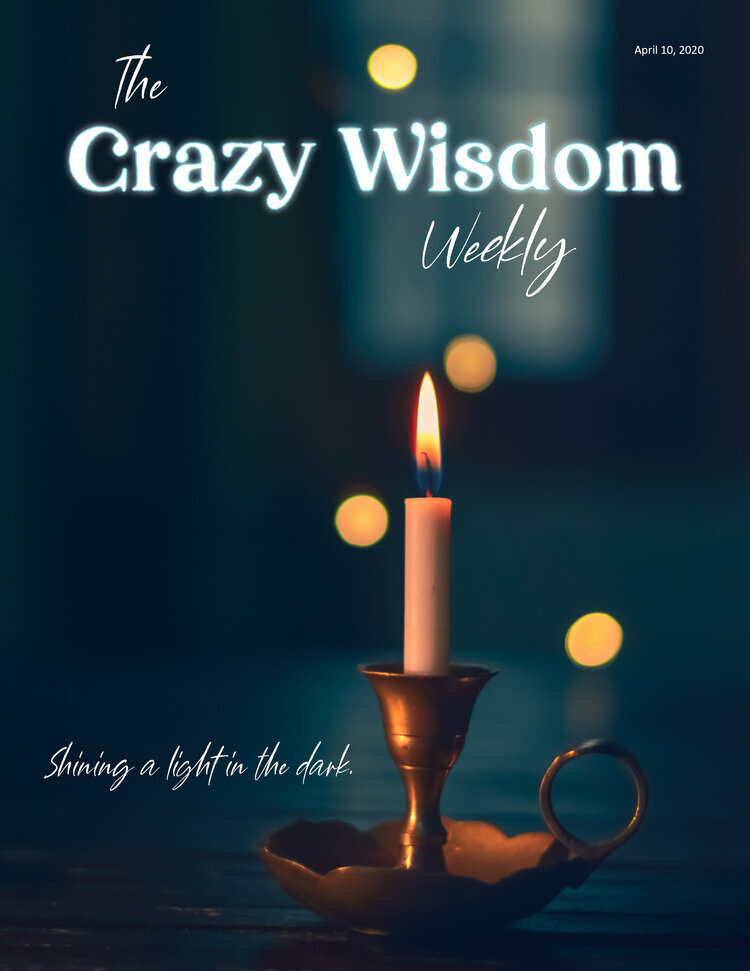
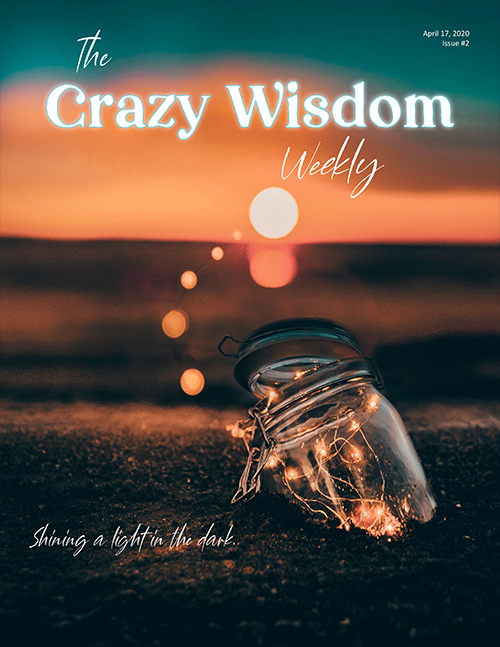
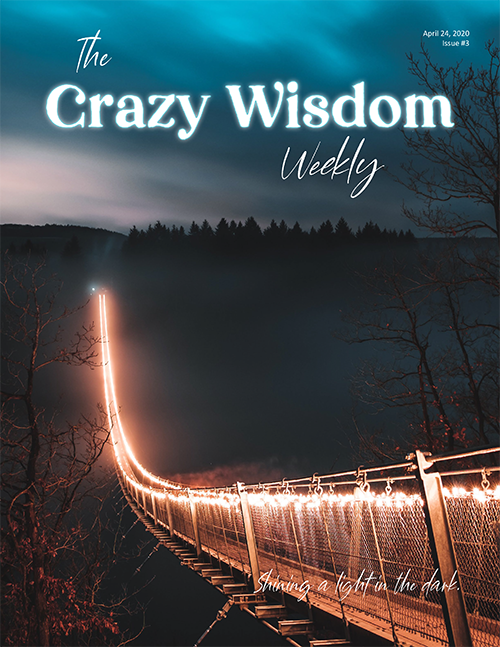


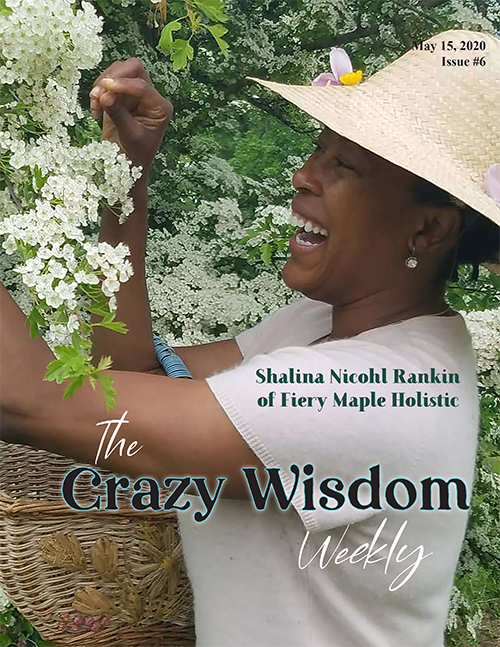





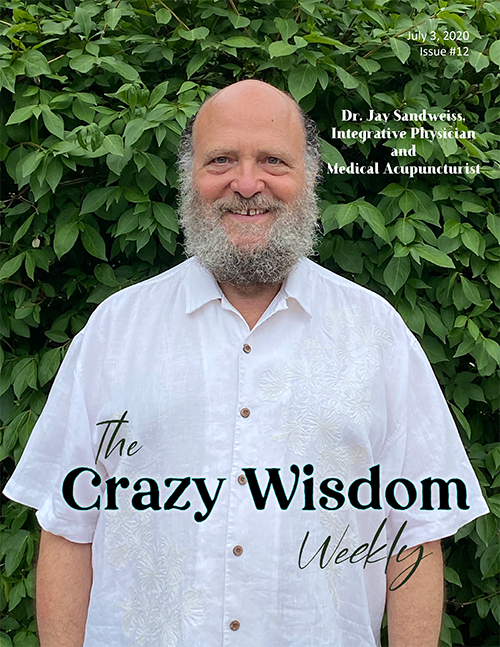

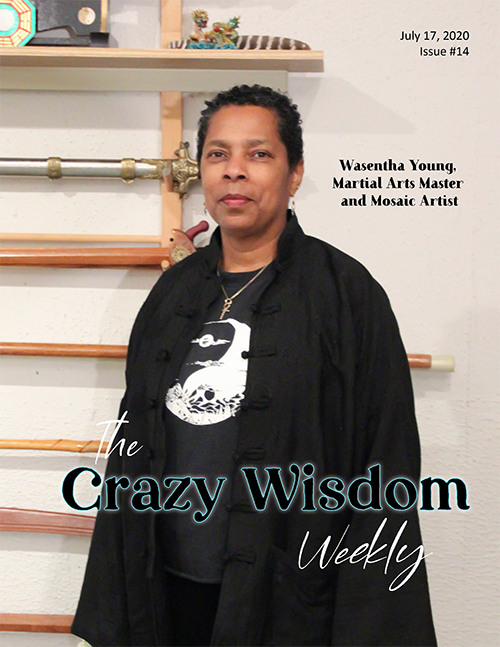
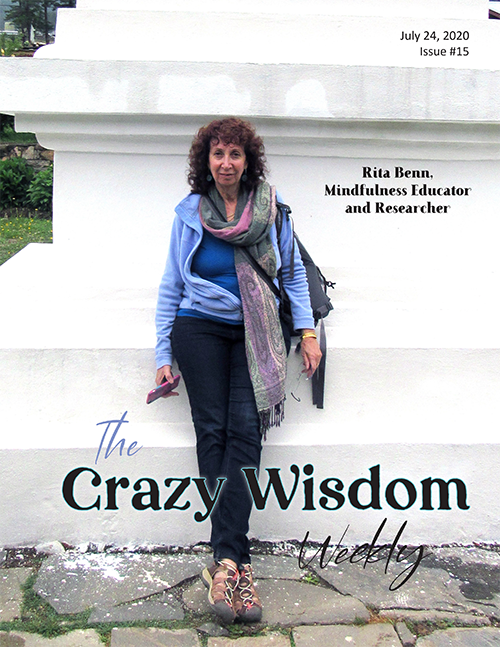

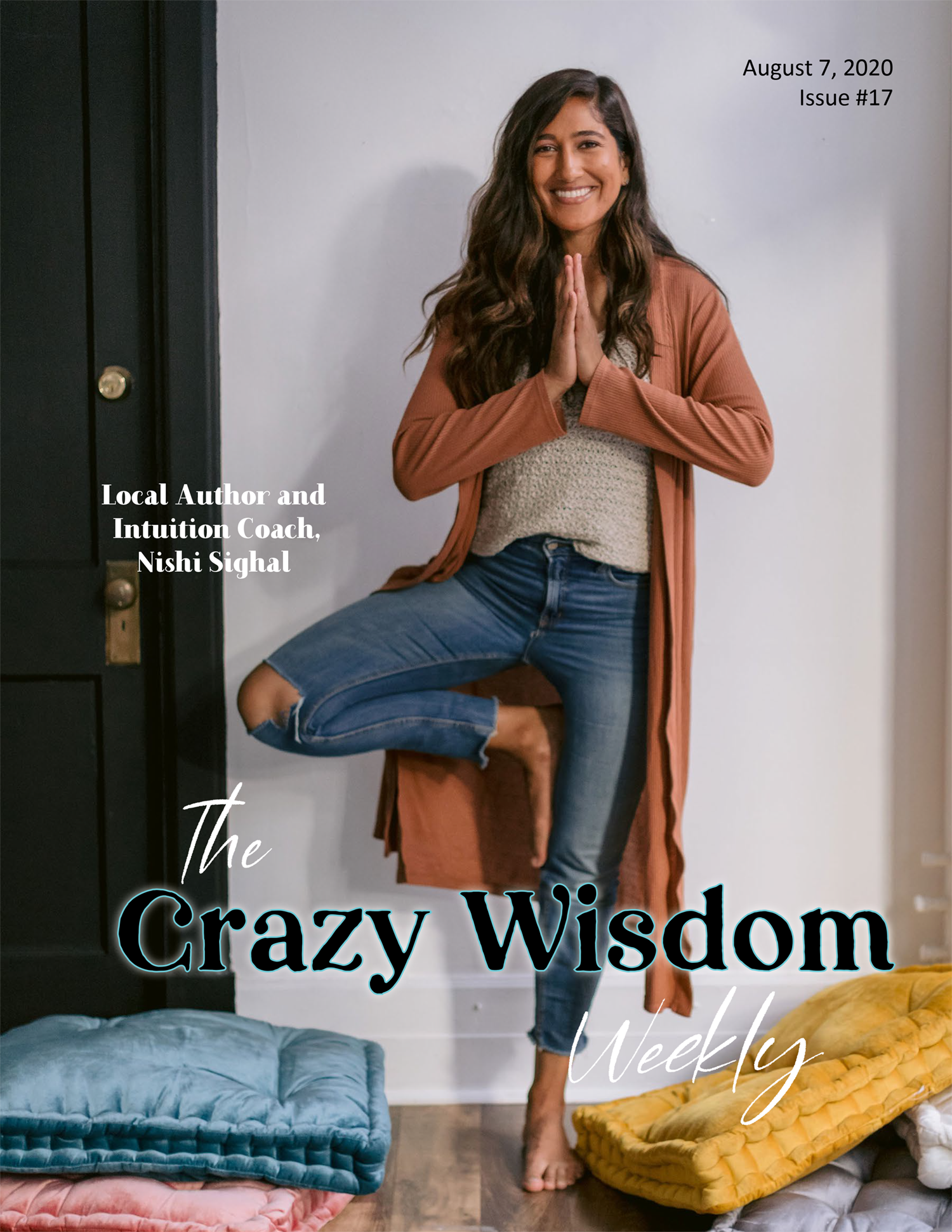

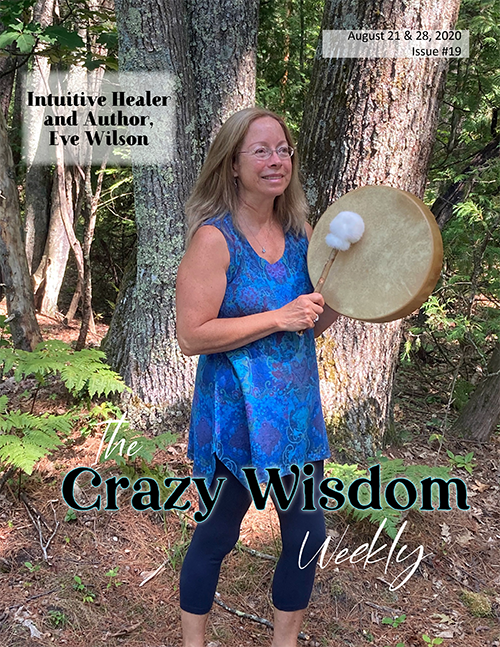






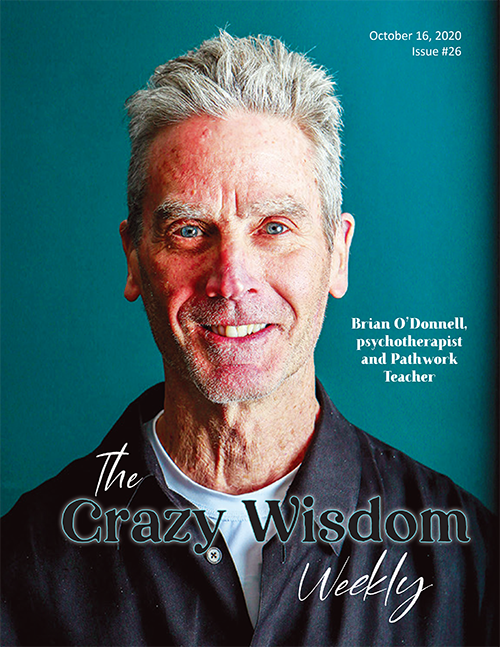

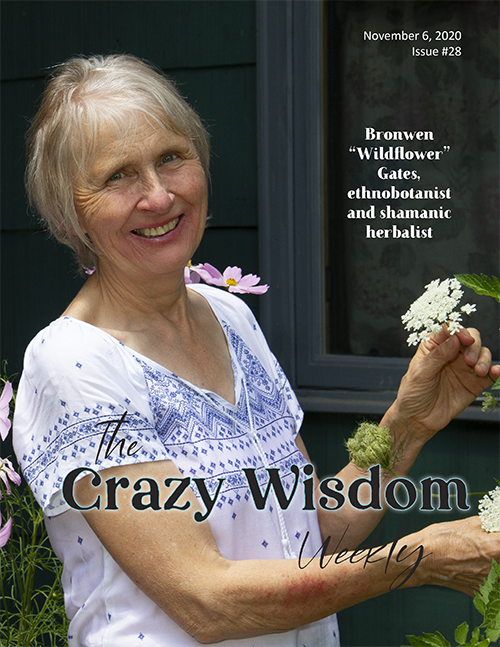
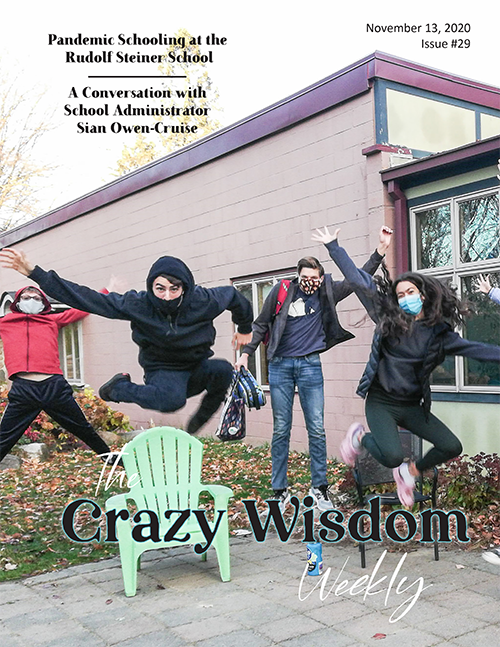
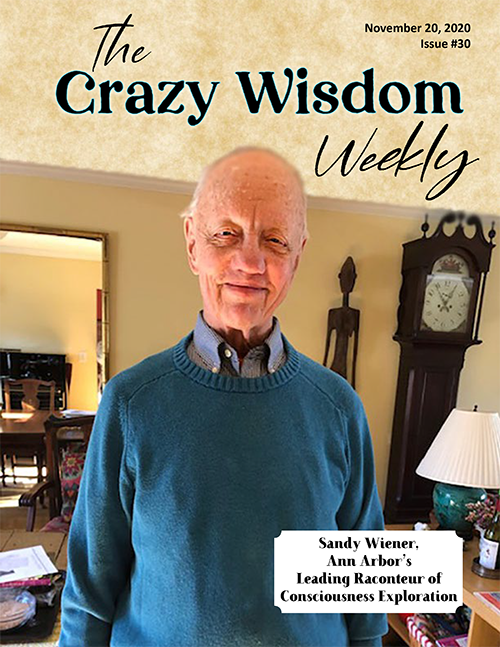




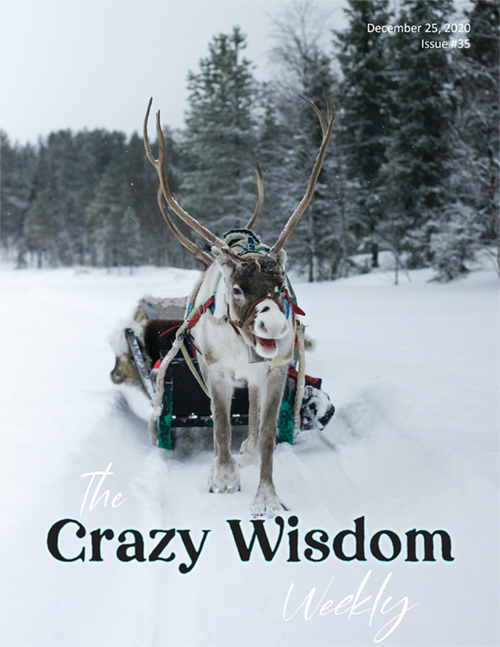








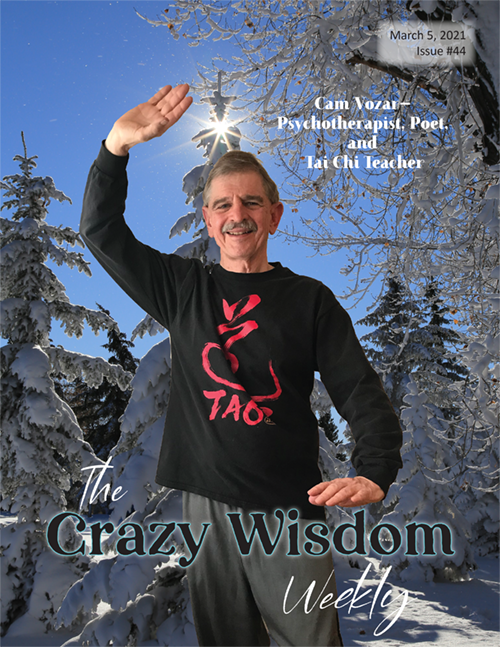
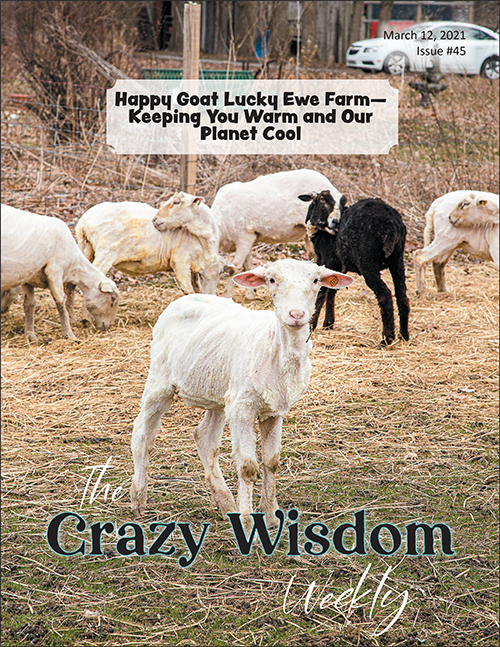

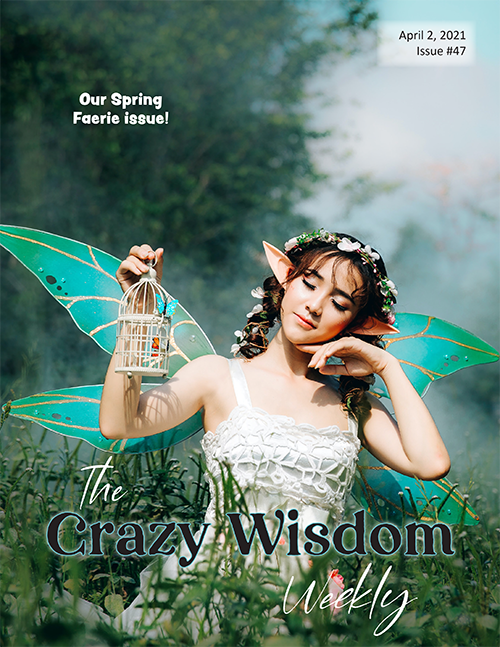



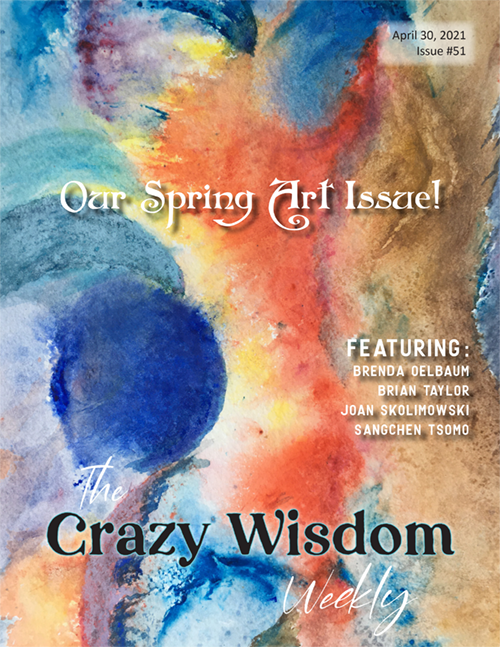




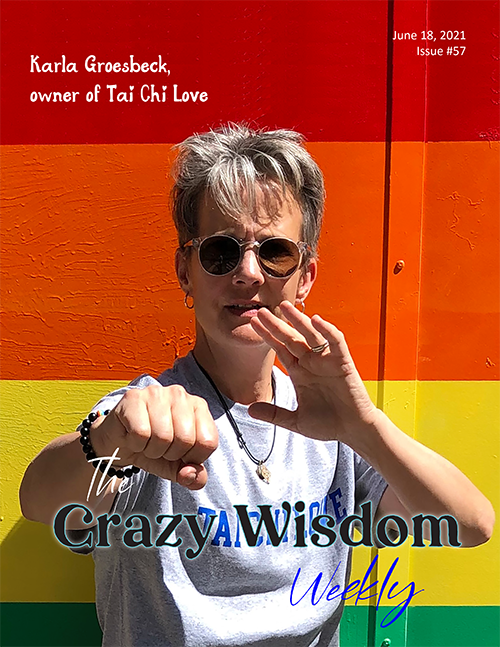





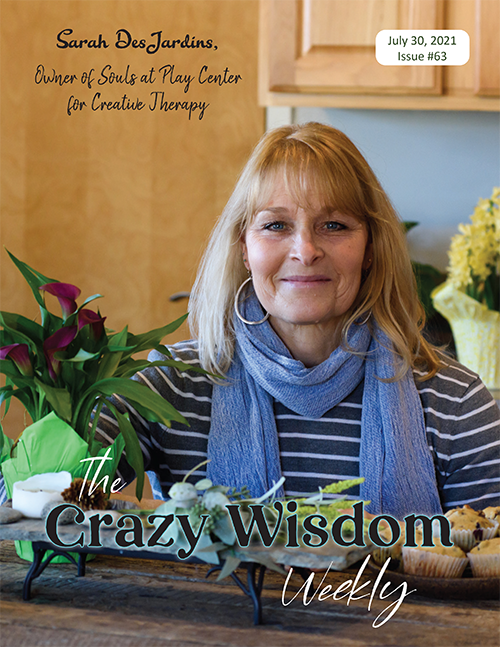








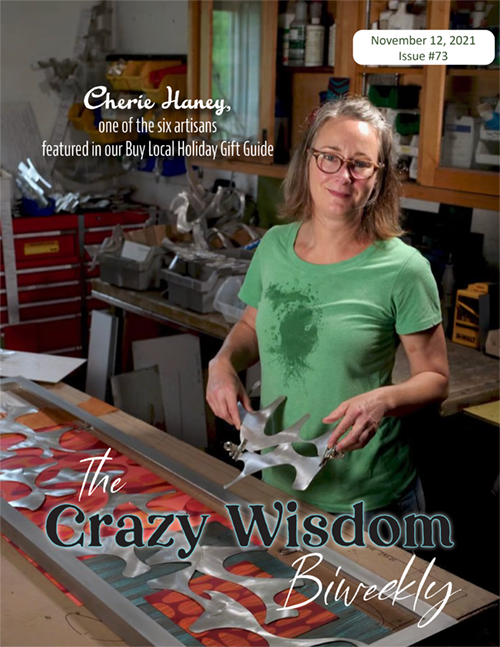

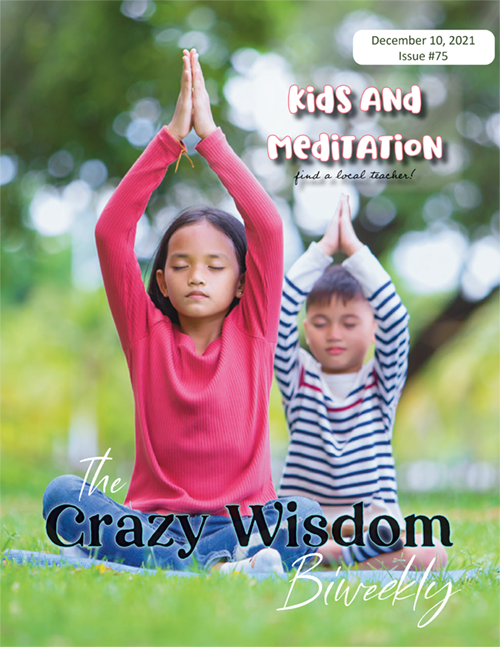
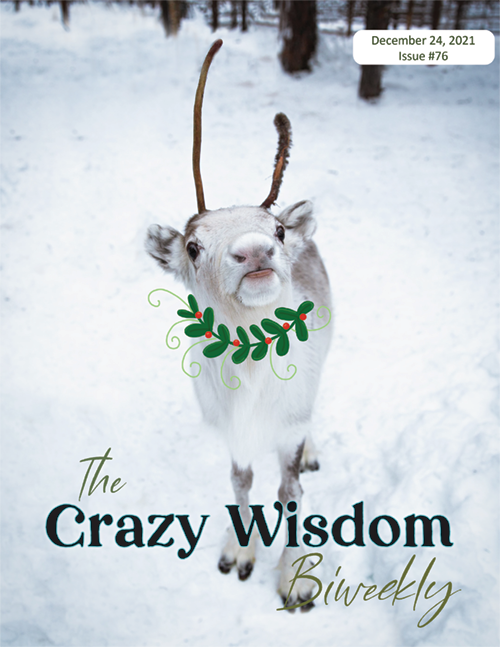



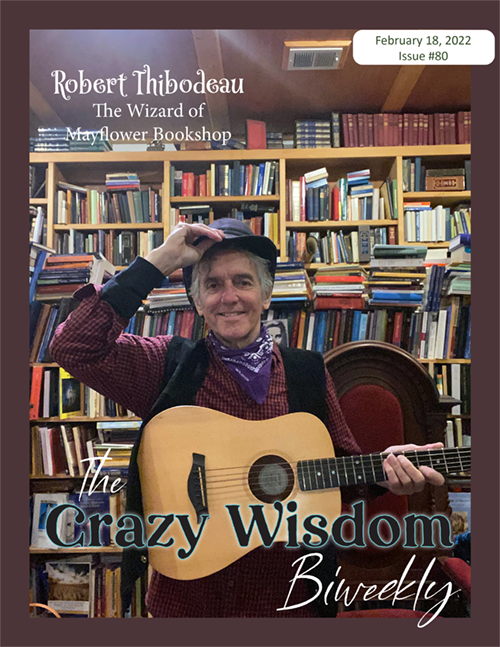

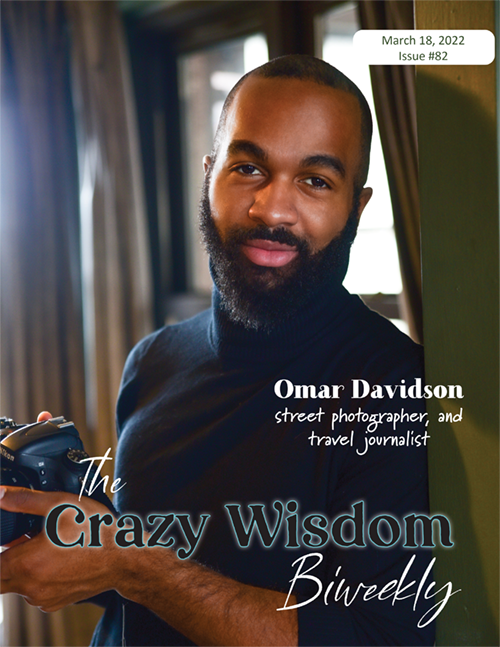





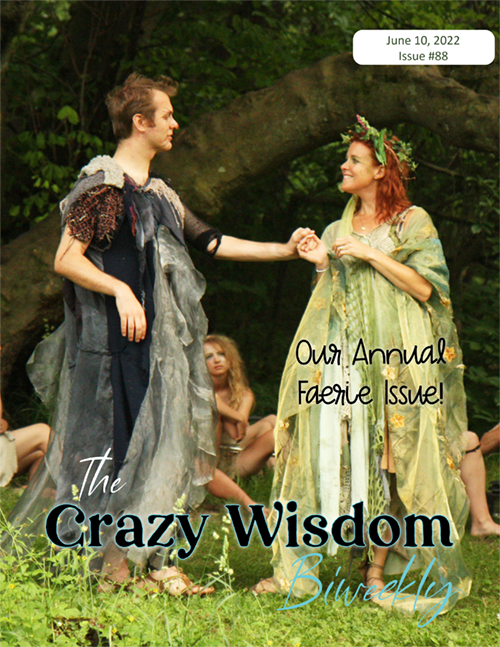


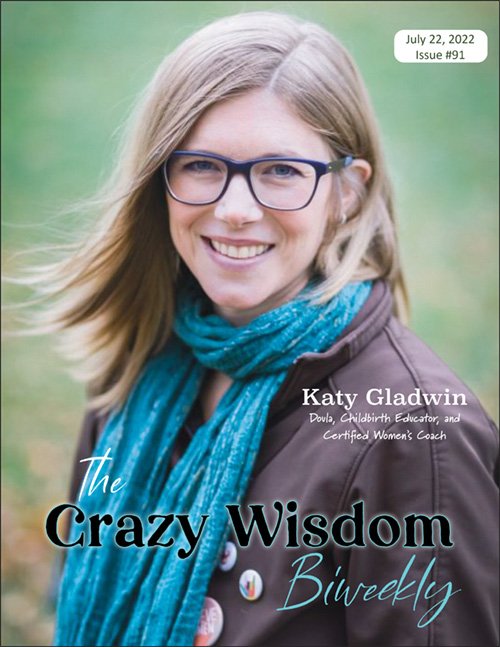





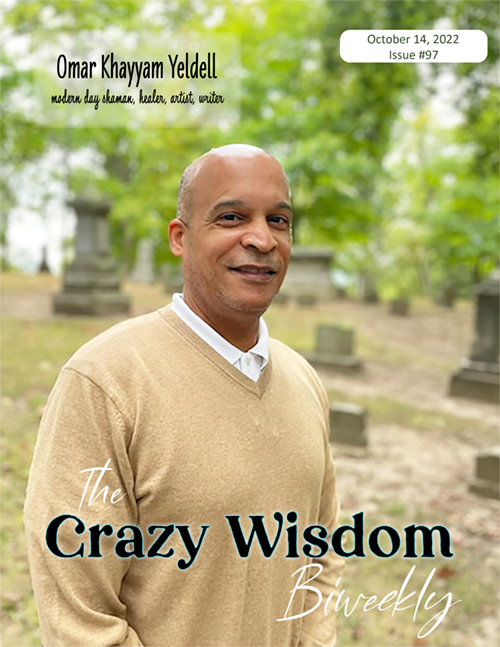












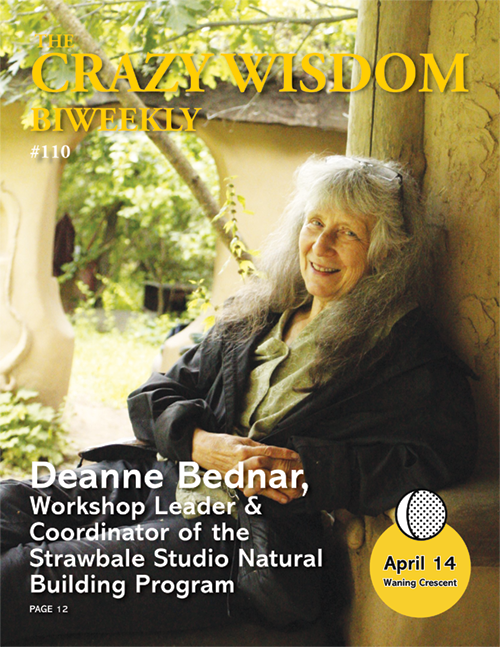
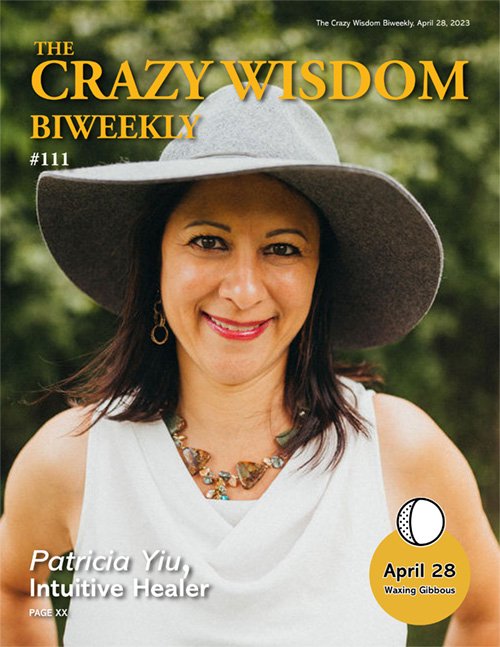
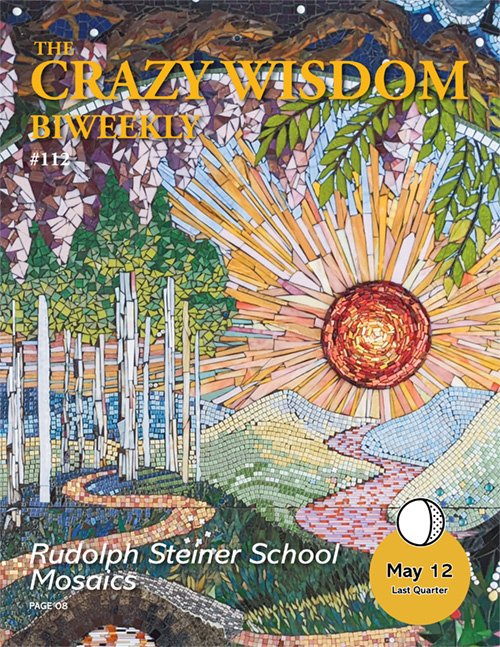

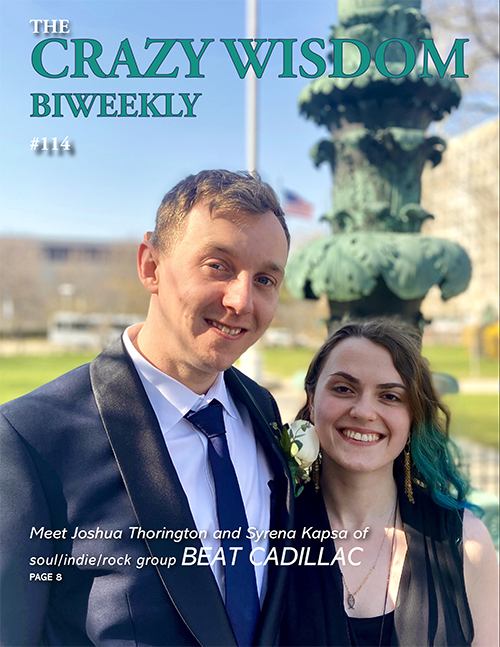
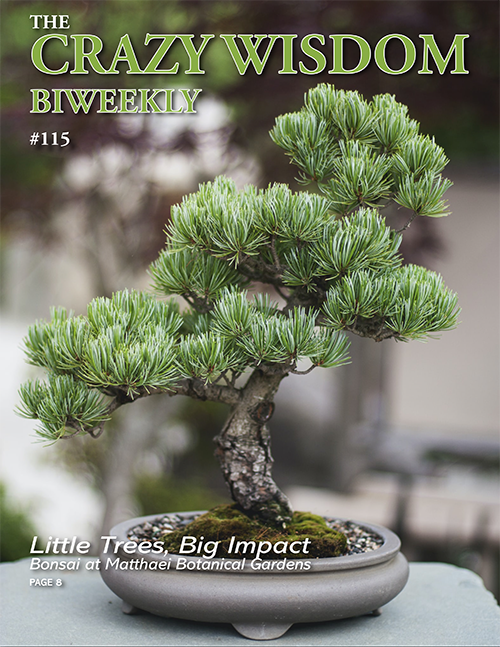


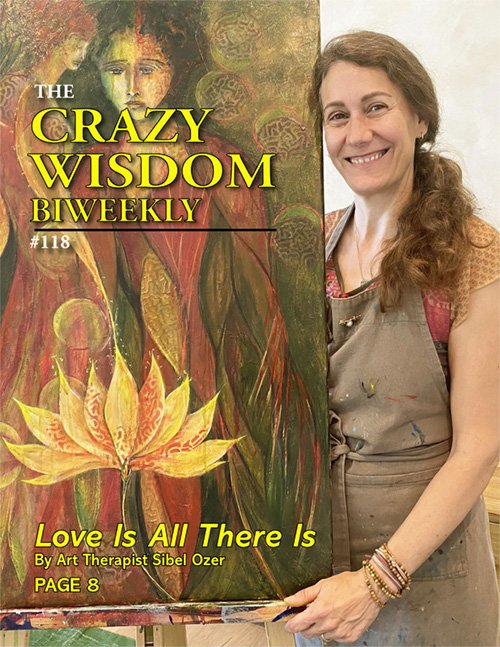
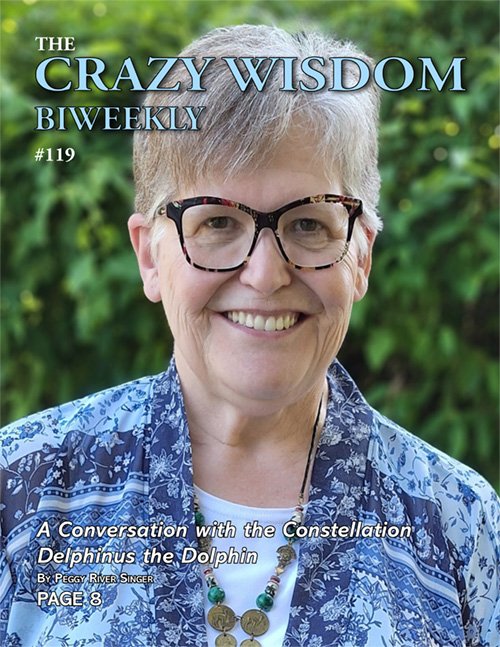


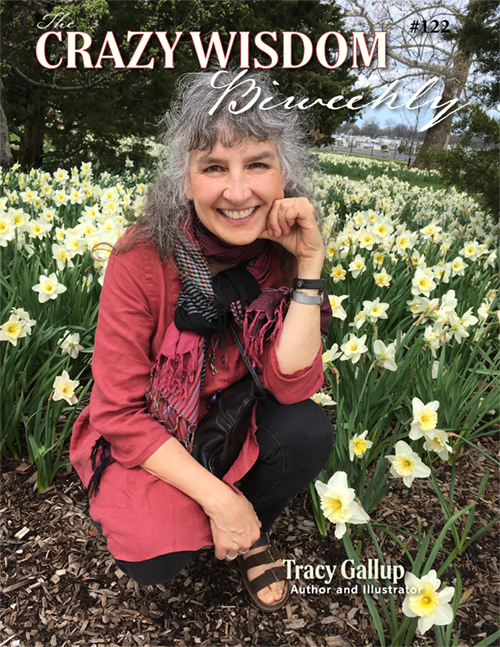
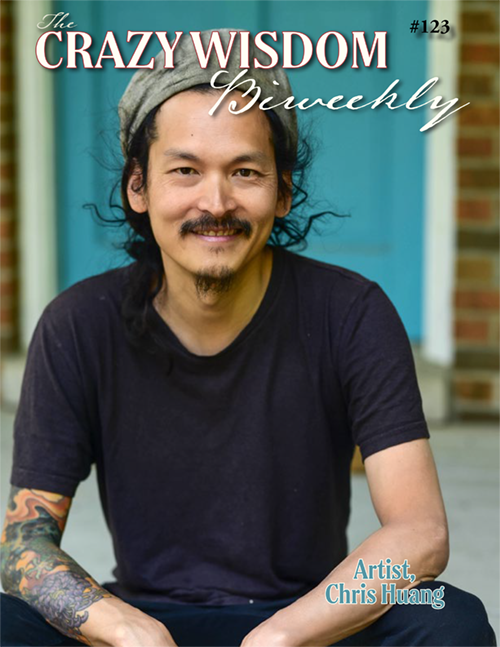


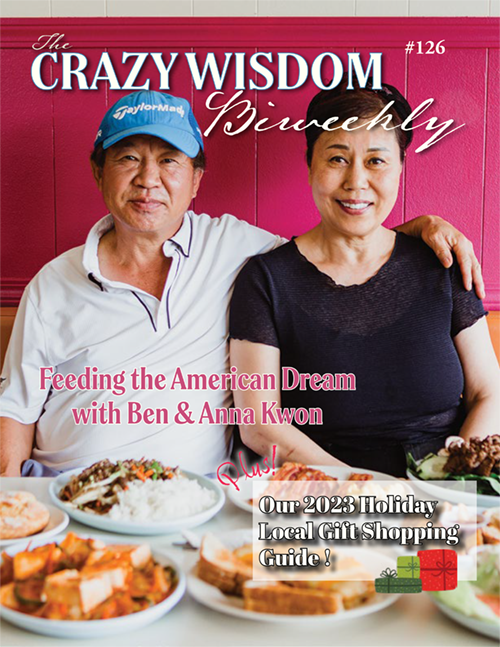

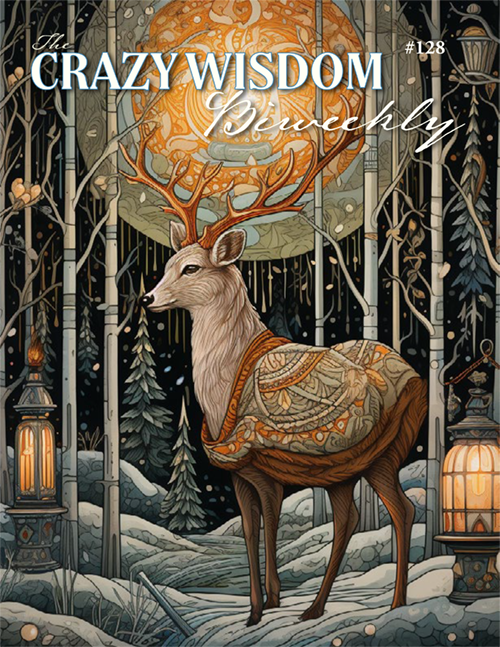
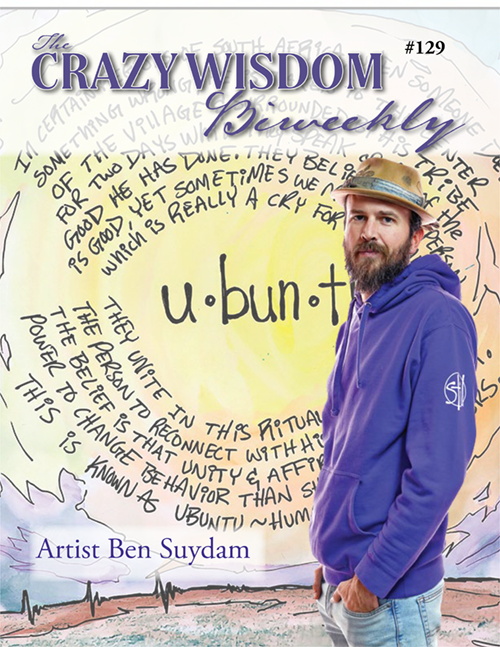
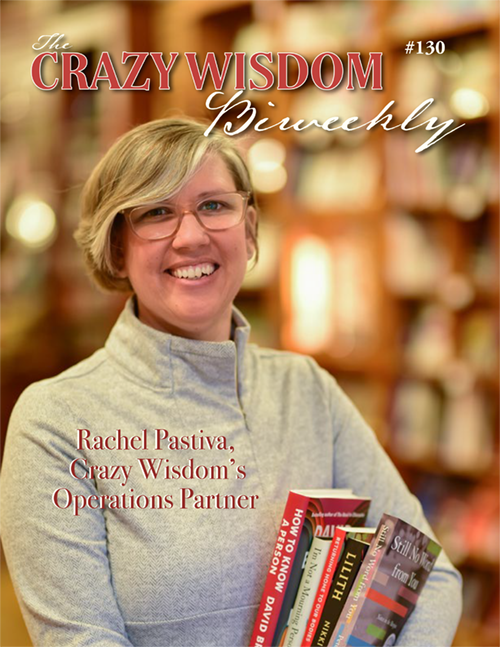















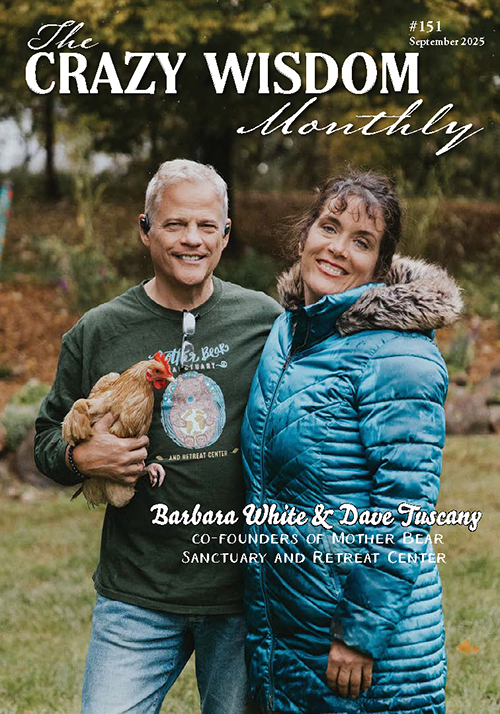
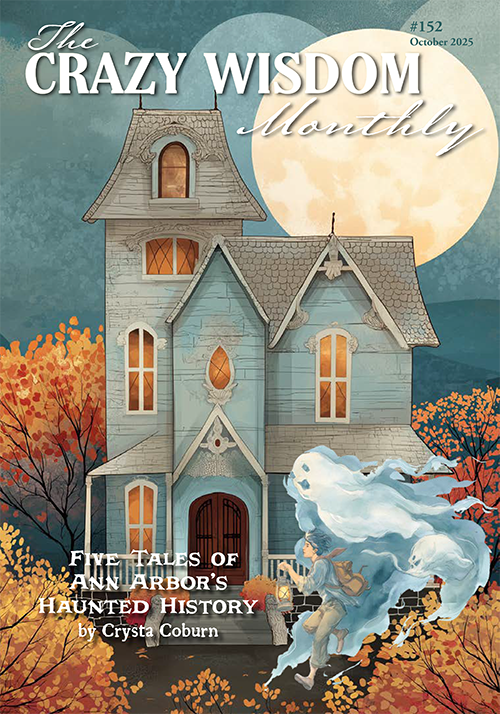










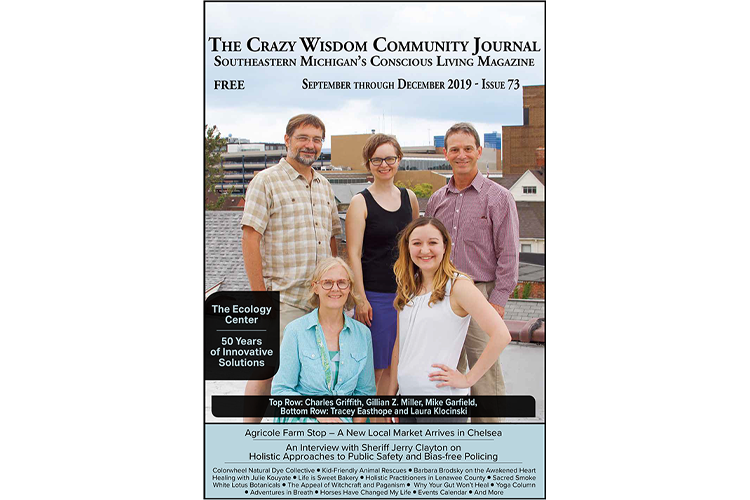


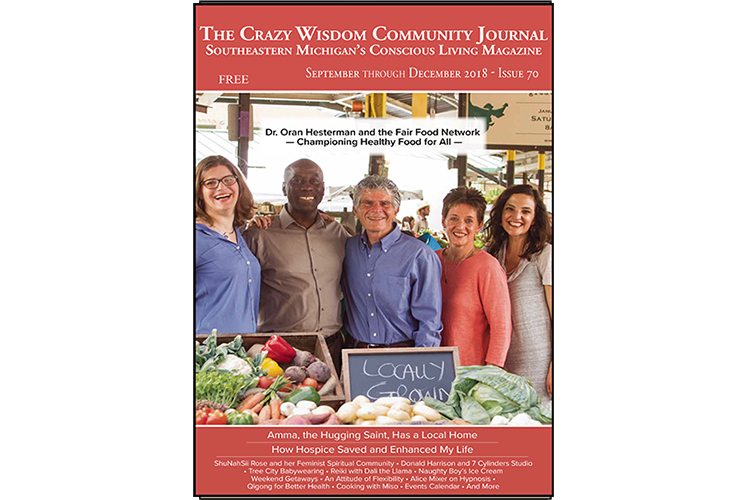


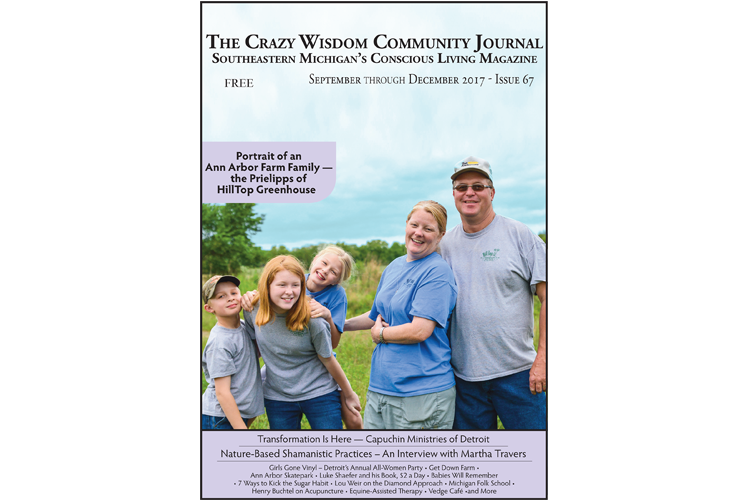

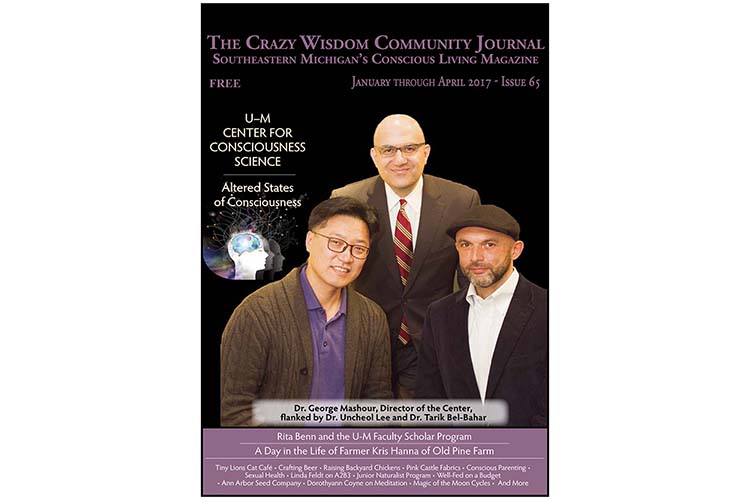
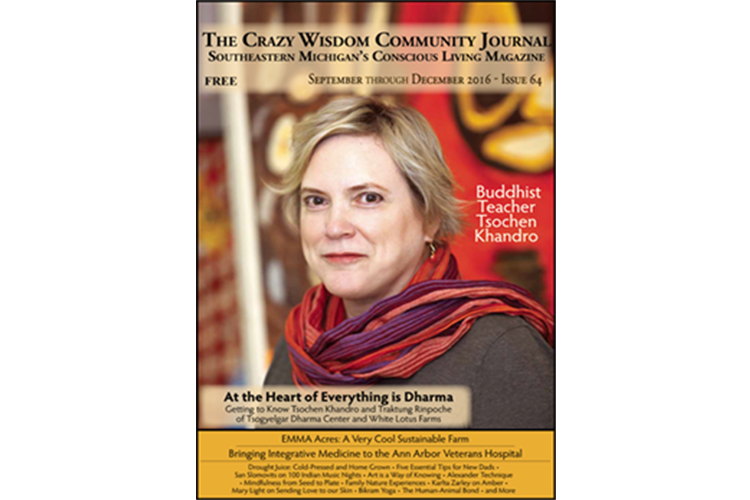






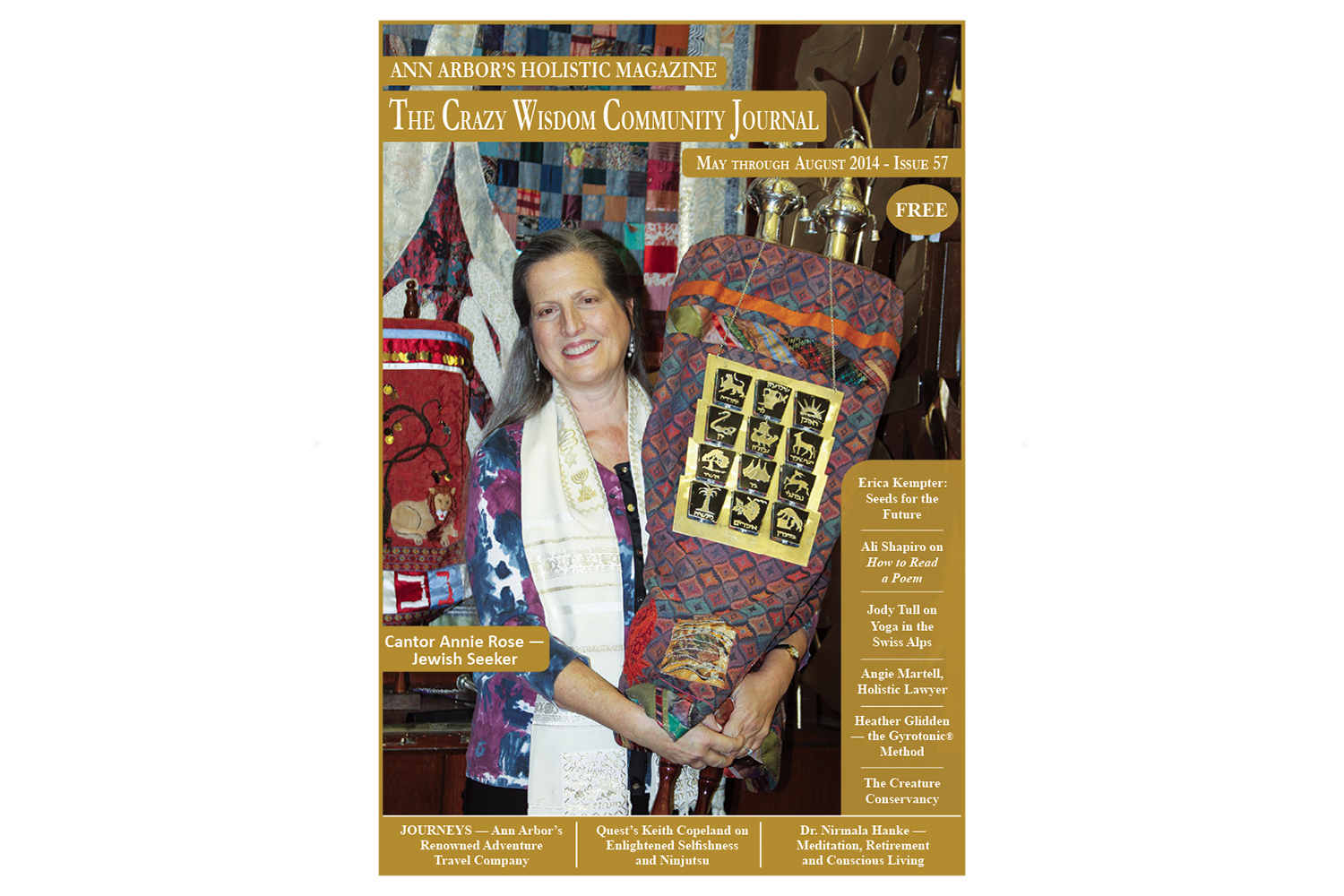




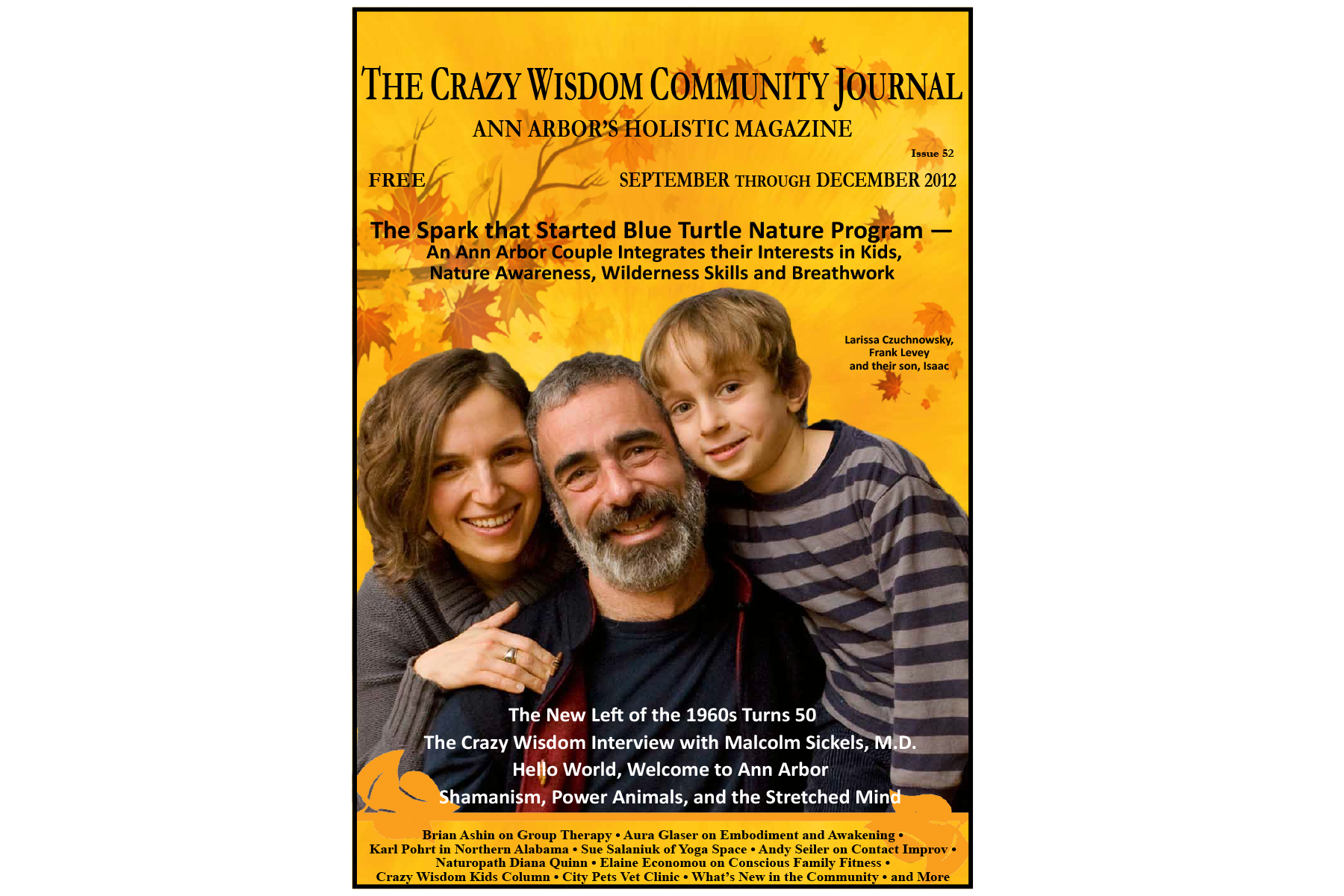





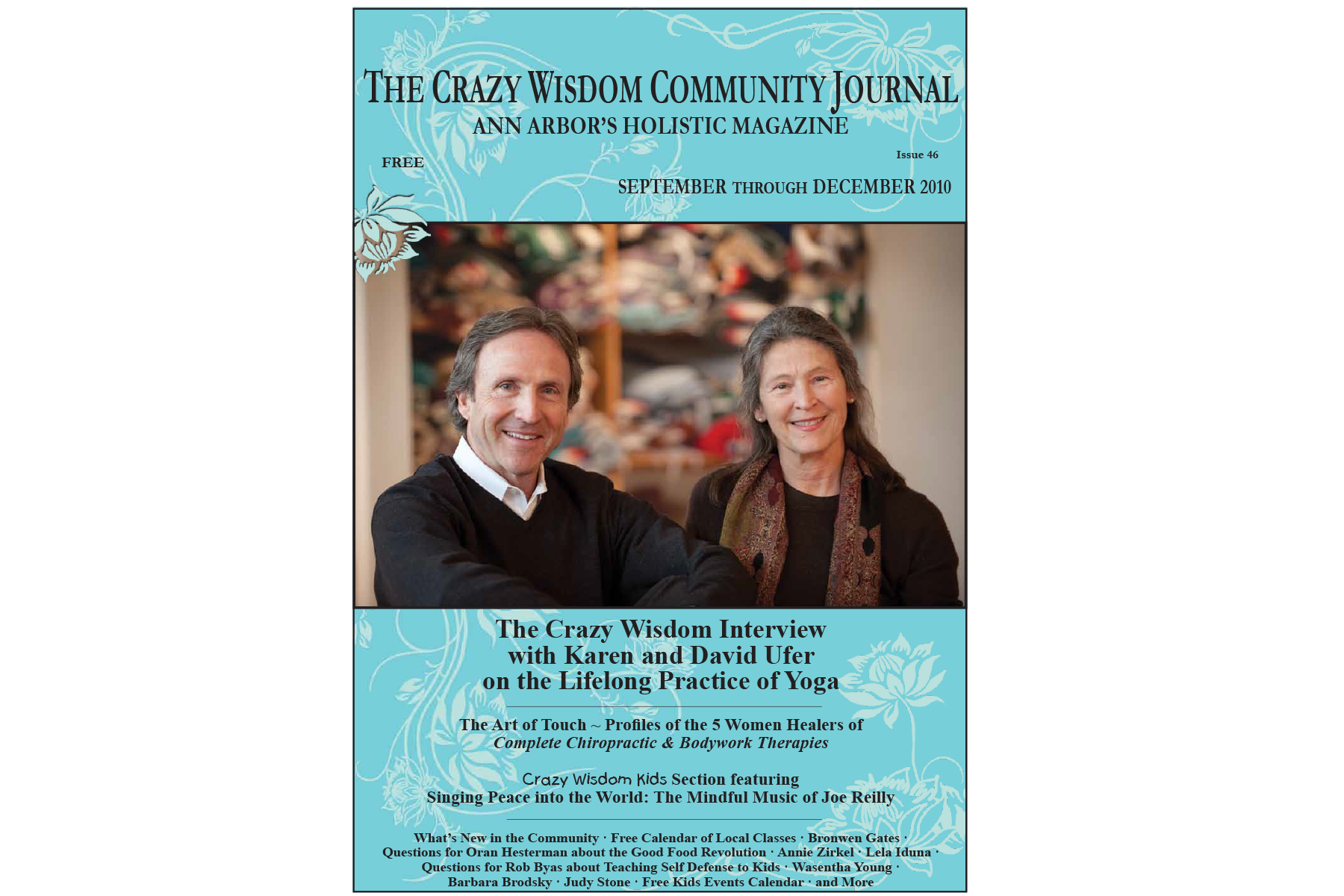

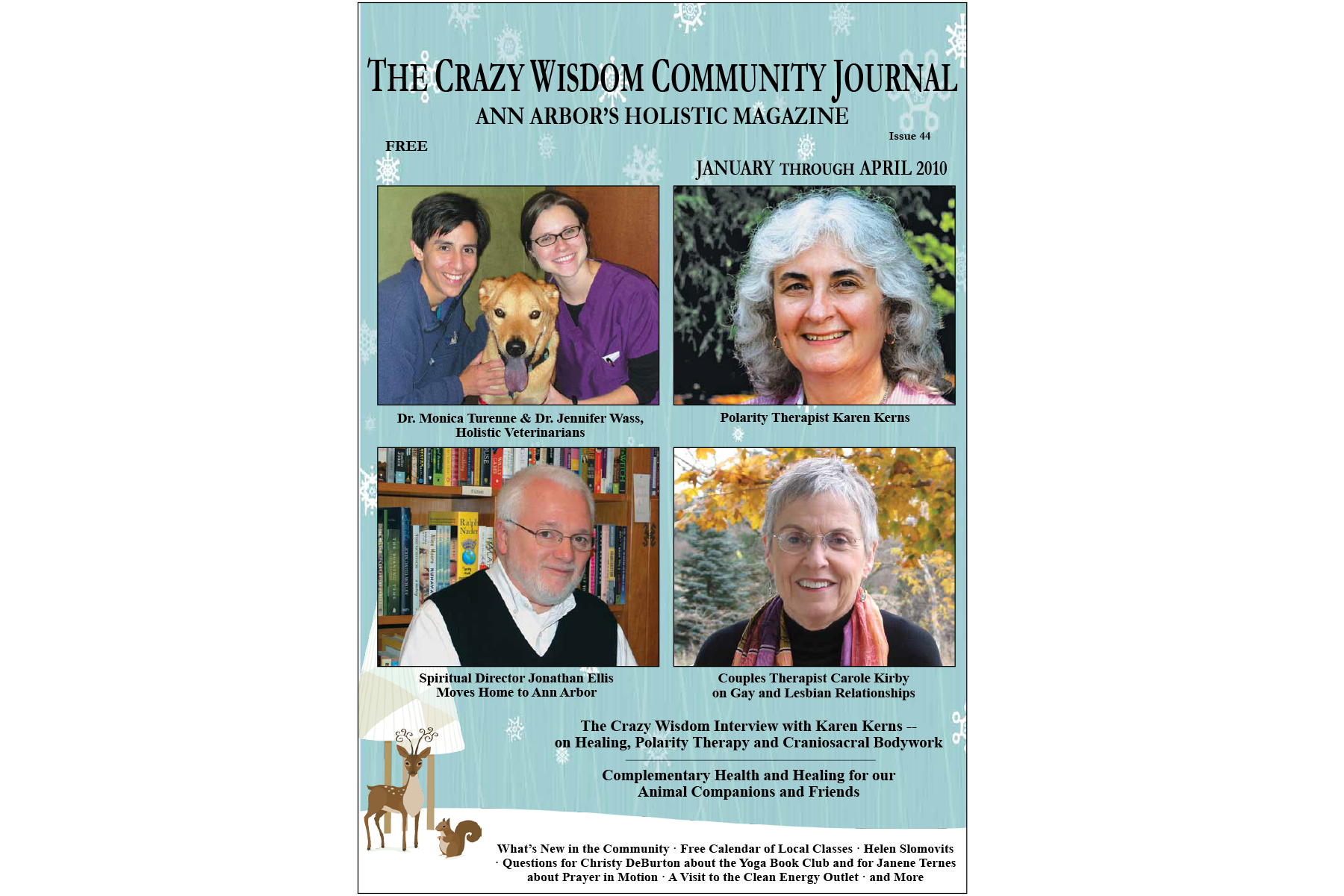



In Nature’s Symphony, Martin Docherty presents a refreshing and deeply thoughtful perspective on our relationship with the natural world—one that blends science, philosophy, and spirituality in a way that feels both intellectually satisfying and emotionally grounding. This book is neither your typical science read nor a standard spiritual guide. It’s something more layered: a meditation on the sacredness of the universe, grounded not in supernatural beliefs, but in the elegant truths of science itself.